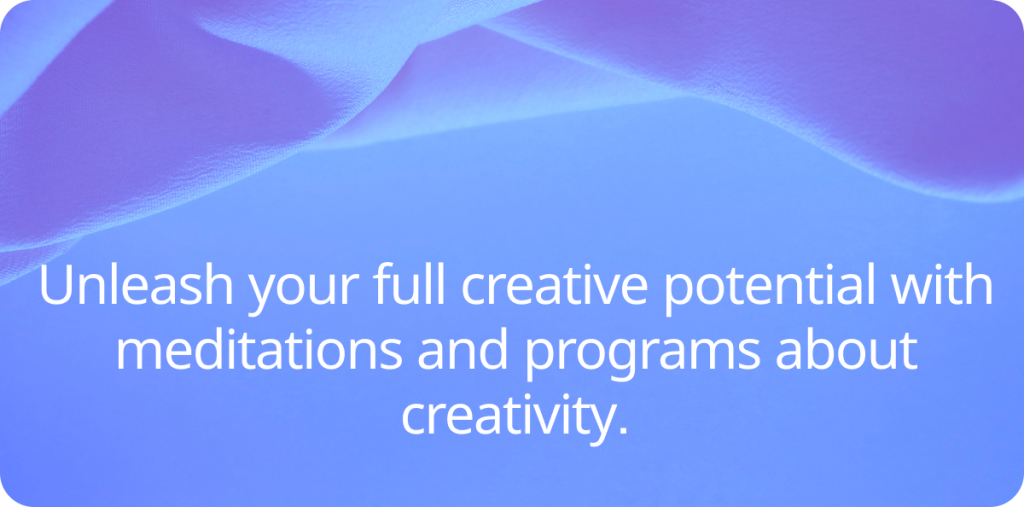Boost Creativity and Mental Well-being with Brainwriting

Table of contents
If you work in a creative environment or have creative hobbies, chances are at some point in the year you feel stuck and burnout. At that point, brainstorming sessions seem outdated, everyone struggles to be the loudest voice, and you eventually pick the least creative choice, but the one that gets the task solved. If that’s your case, you’re about to discover brainwriting.
In this article, we’ll delve into how brainwriting addresses the problem of idea generation by providing a structured yet flexible approach. By mitigating the pressure of verbal expression, the brainwriting technique empowers individuals to contribute freely, fostering a supportive environment that boosts creativity and mental well-being.
Join us as we unravel the benefits of brainwriting and learn how to harness its power for a more fulfilling creative journey.

What is Brainwriting?
Brainwriting is a structured ideation method that harnesses the power of written communication to generate ideas collaboratively. Unlike traditional brainstorming, where ideas are verbally exchanged, brainwriting encourages participants to jot down their thoughts individually before sharing them with the group.
Typically, participants write their ideas on cards or sheets of paper, which are then circulated and built upon by others in the group. This iterative process allows for a diverse range of ideas to emerge while ensuring that everyone’s contributions are heard and considered.
By promoting silent reflection and written expression, brainwriting eliminates the dominance of vocal participants and fosters a more inclusive and equitable brainstorming experience.

The 6 3 5 Brainwriting Technique
The origins of brainwriting can be traced back to the 1960s when it was first introduced as a structured alternative to traditional brainstorming. One of the earliest documented forms of brainwriting is the “6-3-5” brainwriting method, developed by Bernd Rohrbach in 1968.
In this method, six participants write down three ideas each within five minutes, resulting in a total of 108 ideas in just half an hour. Over the years, it has evolved and been adapted to various contexts and industries, gaining recognition for its effectiveness in stimulating creativity and innovation.
Today, especially in 2024, this technique continues to be a valuable tool for teams and organizations seeking to unlock their creative potential and solve complex problems collaboratively.
Our recommendation is to enhance the power of brainwriting with focus music. You can find hundreds of original and relaxing melodies at Meditopia, but if you need an example of how much it can enhance your brainwriting session, here you have one hour for free:
Brainwriting vs Brainstorming: The Benefits
Brainwriting vs brainstorming diverges primarily in their methods of idea generation and communication dynamics. The first one involves individuals generating ideas in a written format privately before sharing them with the group. This fosters inclusivity and reduces social pressure.
In contrast, brainstorming relies on verbal interaction among participants in real-time; encouraging spontaneous idea generation but potentially amplifying social dynamics and hindering quieter voices from contributing effectively.
Ultimately, the choice between one or the other depends on factors such as the nature of the problem, the dynamics of the team, and the desired outcomes of the ideation process. Here are some benefits of adopting the brainwriting technique:
Enhanced Creativity
This method allows for uninterrupted thought processes, enabling participants to explore a wider range of concepts and perspectives. Additionally, the anonymity of written contributions encourages individuals to express unconventional or risky ideas they might hesitate to share verbally, leading to innovative solutions and breakthroughs.
Improved Collaboration
By circulating written ideas within the group, brainwriting facilitates the exchange and building of diverse viewpoints. This leads to richer discussions and more comprehensive solutions. This collaborative approach fosters a sense of ownership and buy-in among team members, ultimately enhancing teamwork and productivity.
Reduced Anxiety and Pressure
The absence of verbal exchanges reduces social pressure and anxiety. It allows participants to focus on generating ideas without fear of judgment or interruption. This reduction in pressure promotes a positive mindset and increases confidence, leading to higher levels of engagement and creativity.

Practical Tips for Successful Brainwriting
Creating the Right Environment
Provide a comfortable and conducive environment for these sessions, free from distractions and interruptions. Consider factors such as lighting, seating arrangements, and access to writing materials to enhance participants’ focus and creativity.
Setting Clear Goals and Guidelines
Establish clear objectives and guidelines for brainwriting sessions. Include the topic or problem to be addressed, the time frame for generating ideas, and any specific criteria or constraints to consider. Communicate these expectations to participants in advance to ensure a structured and productive brainstorming process.
Encouraging Participation and Diversity of Thought
Encourage active participation from all team members by emphasizing the importance of diversity of thought and perspective. Encourage individuals to contribute freely and without judgment, regardless of their role or level within the organization. Consider implementing techniques such as anonymous idea submission or rotating facilitation roles to promote inclusivity and engagement.
Final Thoughts
In conclusion, whether you’re seeking to ignite your creativity, enhance collaboration, or alleviate the pressure of idea generation, brainwriting offers a powerful solution.
As we’ve explored throughout this article, the benefits of this technique extend beyond just creativity and innovation; it can also contribute to improved mental well-being by reducing anxiety and promoting a positive mindset. So, the next time you find yourself in need of fresh ideas or looking to enhance teamwork, consider incorporating it into your creative process.
Embrace the power of written expression, and unlock the full potential of your team’s collective intelligence.





